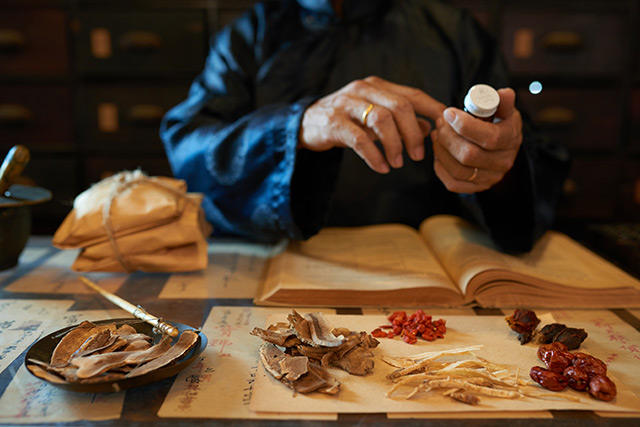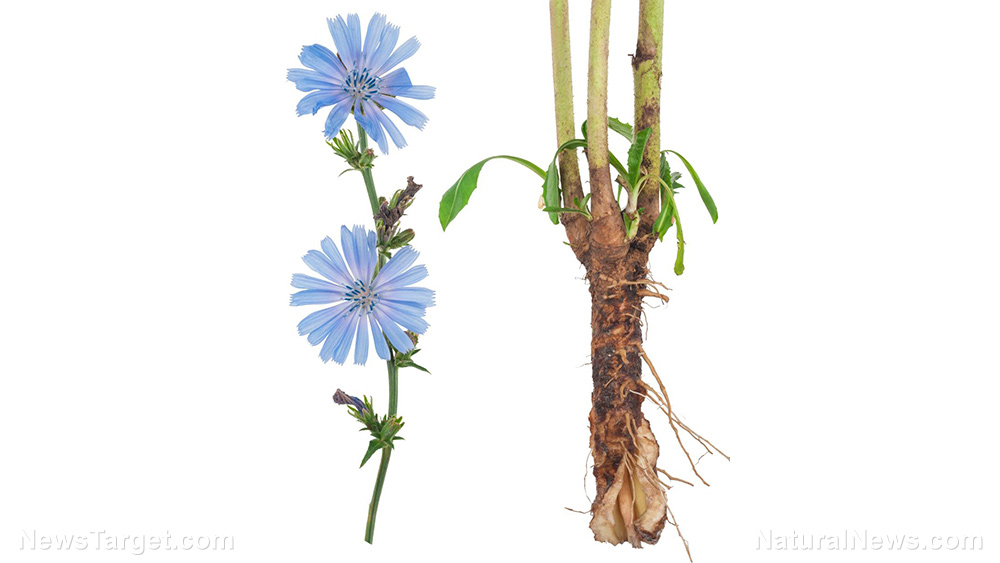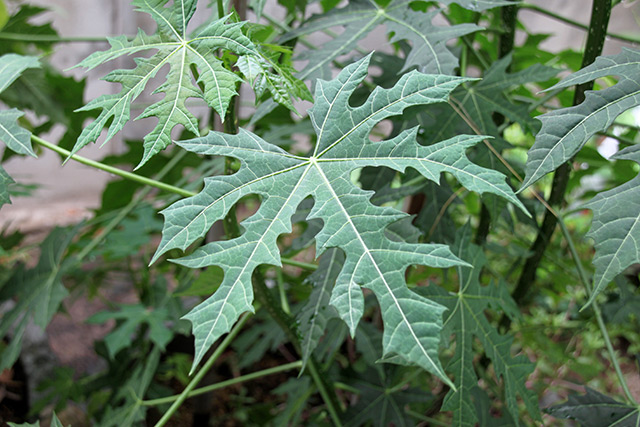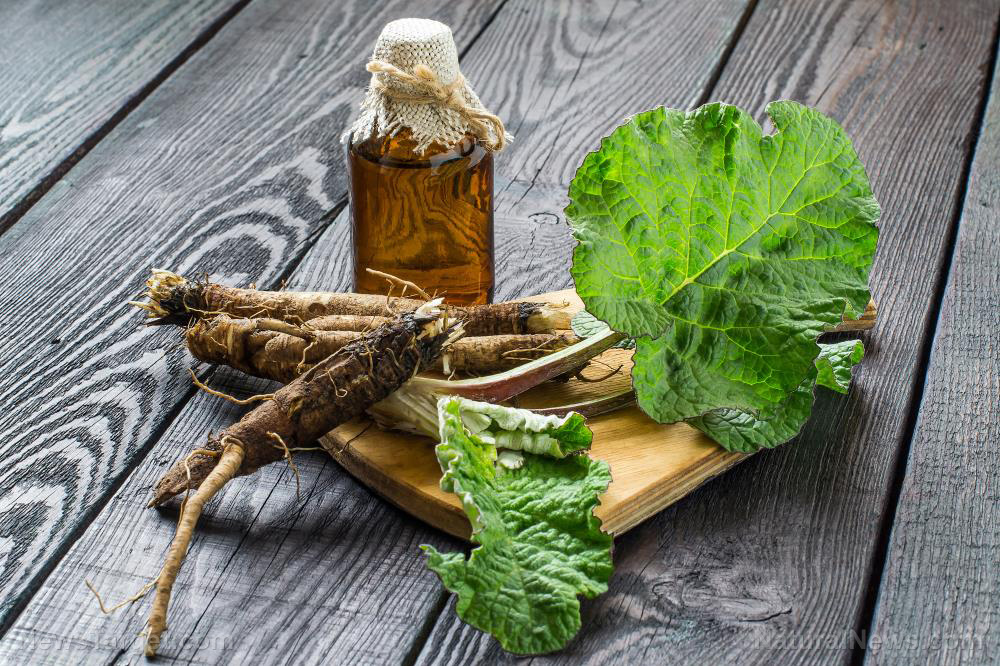Study: Lavender essential oil protects the liver and kidneys
12/07/2018 / By Edsel Cook
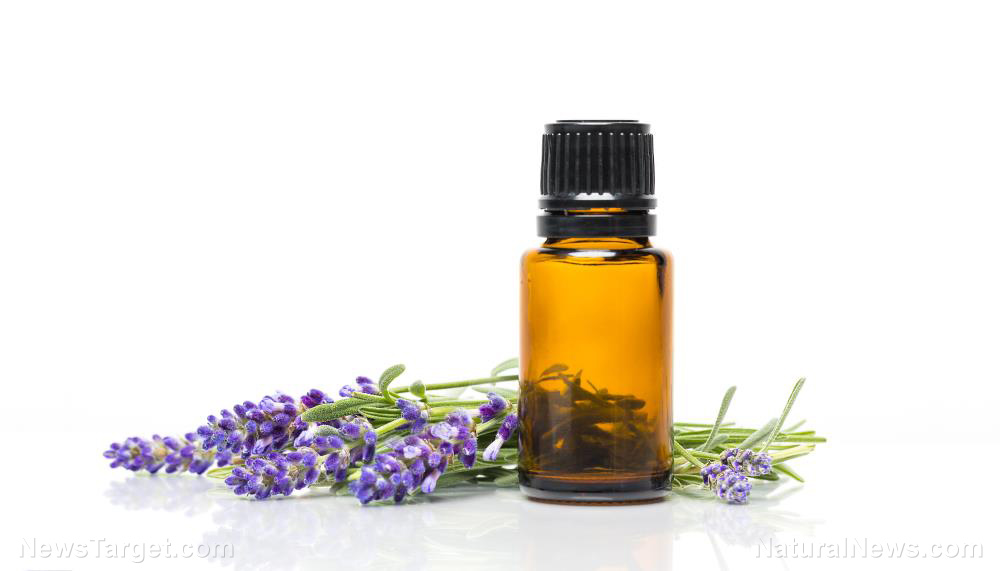
Volatile compounds give lavender its pleasant scent and healing properties. They can also protect the kidneys and liver from being harmed by oxidative stress from toxic chemicals. This led Tunisian researchers to test the essential oil of Spanish lavender (Lavandula stoechas) for its hepaprotective and nephroprotective activity against malathion.
Malathion is a synthetic organophosphate. It is one of the most common insecticides, being used in both agricultural areas and homes.
Although touted to be the safest among organophosphates, malathion remains a highly potent neurotoxin. Even though it was intended to kill insects, it can still cause significant damage to the liver and kidneys of mammals like humans.
When ingested, malathion will be broken down into malaoxon, a metabolite that is even more deadly than the base chemical. If it reaches the liver and kidney, it causes oxidative stress that damages the cells of those vital organs.
Antioxidants can prevent oxidative stress. These beneficial substances can naturally be found in the body and increased by consumption of the right foods. (Related: Judge affirms “guilty” verdict against Monsanto’s glyphosate herbicide, reduces punitive damages to $39 million.)
The antioxidant potential of volatile compounds found in lavender
Researchers from the Faculty of Sciences of Tunis (FST) evaluated the hepaprotective and nephroprotective properties of lavender oil. They set up an animal study with 96 young male mice, which they divided into eight groups that received different treatments.
The control group served as an untreated baseline. The mice in the malathion group received 200 milligrams per kilogram (mg/kg) of the organophosphate every day.
Three more groups were administered 10, 30, and 50 mg/kg of lavender essential oil. The last three groups were given a combination of essential oil and malathion treatment.
The trial lasted for 30 days. The animals were observed for signs of body weight gain and tested for any effects.
At the end of the experiment, the mice were sacrificed. Their kidneys and liver were harvested for analysis of the chemical and morphological changes induced by the lavender essential oil and malathion.
Protect your kidneys and liver by taking lavender essential oils
The FST researchers reported that malathion caused adverse effects in the mice. These animals did not gain as much body weight from consuming the same amounts as untreated mice.
At the same time, the kidneys and livers of the malathion-exposed mice increased in size. The swelling disrupted the proper flow of blood throughout those organs.
Furthermore, these mice also showed significant disruption of their metabolism. The disturbance of the proper hemodynamic and metabolic parameters caused detrimental effects on their health.
The administration of malathion to the animals was accompanied by a corresponding rise in their oxidative stress levels. The concentration of malondialdehyde and hydrogen peroxide were noted to have gone up.
In contrast, the sulfhydryl group content displayed significant reduction. Likewise, the activity levels of the antioxidant enzymes catalase and glutathione peroxidase went down.
The superoxide dismutase (SOD) enzymes were also affected. Copper-SOD, manganese-SOD, and iron-SOD levels in the kidney and liver decreased. The decline of these antioxidant enzymes suggested that malathion caused oxidative stressed against those organs.
However, lavender essential oil was able to reverse all of the adverse effects of malathion exposure. Mice treated with essential oil were able to gain weight at a normal rate. The relative weight of their kidneys and liver did not balloon uncontrollably.
Their hemodynamics and metabolism remained stable. Finally, their liver and kidneys did not experience oxidative stress.
Given these outcomes, the researchers concluded that the antioxidant qualities of lavender oil allowed it to protect the liver and kidneys from harm.
Learn more about the healing properties of lavender by visiting NaturalMedicine.news.
Sources include:
Tagged Under: antioxidant, insecticides, kidney health, lavender essential oil, liver health, malathion, toxic chemicals







